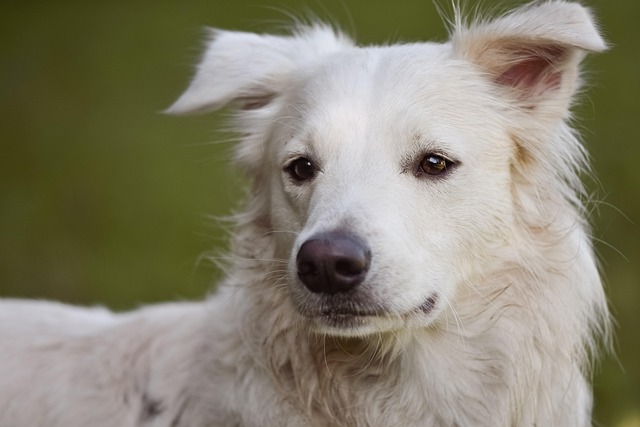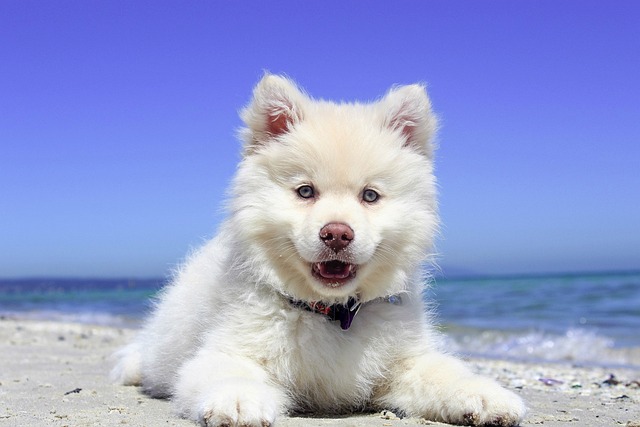That moment when your new puppy wobbles over with its soft fur and wiggly tail? It’s impossible not to imagine the majestic dog it’ll become. But before you start Googling “growth hacks,” know this: rapid growth isn’t a badge of honor. We’re talking about nurturing a healthy, happy companion—one that’ll stick around for many adventures to come. Let’s break down how to do it right.
Nutrition is where it all begins. Those puppy kibble bags aren’t just marketing—formulas labeled “for growth” pack protein from real meat sources, DHA for brain development, and balanced minerals for bone strength. Ever seen that tiny AAFCO seal? That’s your guarantee the food meets strict nutrition standards. But here’s a heads-up: some local pet stores might stock imported brands. Always double-check regulations in your area—certain ingredients could be restricted, and you don’t want a fine along with your dog food.
Sharing your dinner might feel like bonding, but it’s a risky game. Remember that viral video of a dog getting sick from a grape? It’s not clickbait. Many common kitchen items are toxic, and laws in some regions actually require pet owners to know these hazards. If you’re tempted to add supplements, think twice. A neighbor once gave their pup “natural” bone powder, only to end up with a vet bill for joint problems. When in doubt, consult your vet—they’ll tailor advice based on your dog’s breed and life stage.

Exercise is equally crucial. City dwellers might assume a quick elevator trip to the lobby counts as activity, but puppies need more. Try brisk walks around the block (leash laws are non-negotiable everywhere), or if you’re lucky enough to have a dog park nearby, short bursts of playtime. Just watch out for signs of fatigue—panting heavily or lagging behind means it’s time to call it quits. And don’t forget: some parks have age restrictions for puppies to prevent disease spread.
Vet visits aren’t just for sick days. Annual check-ups often include microchipping, which is mandatory in many places for identification. Vaccinations? Non-negotiable. Rabies shots, in particular, are legally required in almost every region. Skipping them isn’t just irresponsible—it could mean hefty fines or even losing your right to own a pet. Your vet will also track your puppy’s growth curve, catching any issues long before they become serious.
Treats are a fun way to train, but moderation is key. Skip the generic “made in China” packs—look for local brands with simple ingredients. Some states even have consumer protection laws for pet products, so choose treats with clear ingredient lists and manufacturing info. And remember, a handful of treats shouldn’t replace balanced meals. Use them strategically, like when teaching your pup to sit before meals—a common courtesy in many dog-friendly cafes.
Creating a secure environment goes beyond buying a cute bed. Crate training, for example, helps with potty training and provides a safe space during thunderstorms or fireworks. Establishing routines—like feeding at the same time every day—reduces anxiety. And if you’re part of a HOA or rent an apartment, review pet policies carefully. Some communities have breed restrictions or require noise-canceling collars.
Raising a puppy is like crafting a masterpiece—it takes time, patience, and a whole lot of love. There’s no shortcut to a healthy adult dog, but by following these steps, you’re investing in a future filled with hikes, beach days, and lazy Sundays on the couch. So soak in those puppy kisses, enjoy the chaos, and trust that with the right care, your furry friend will grow into the amazing companion you envisioned.






